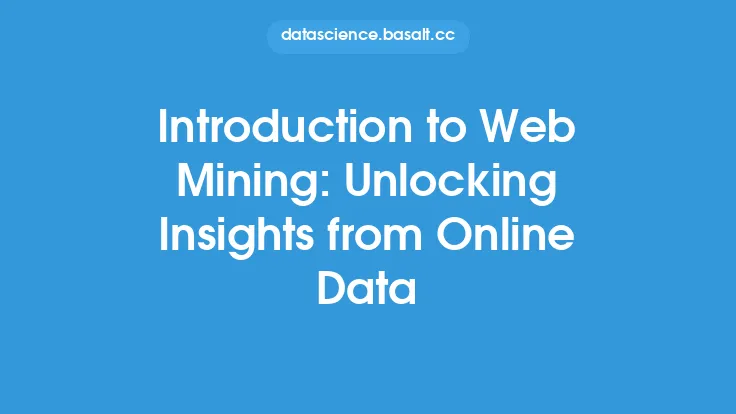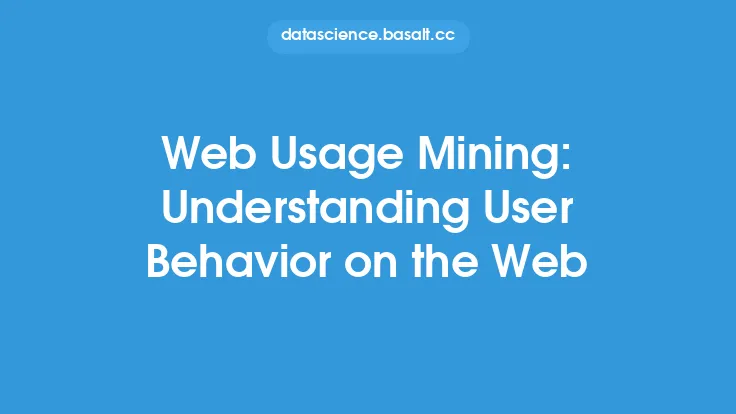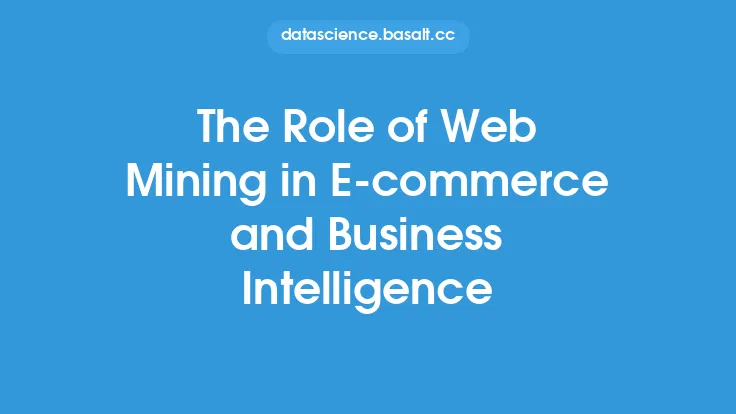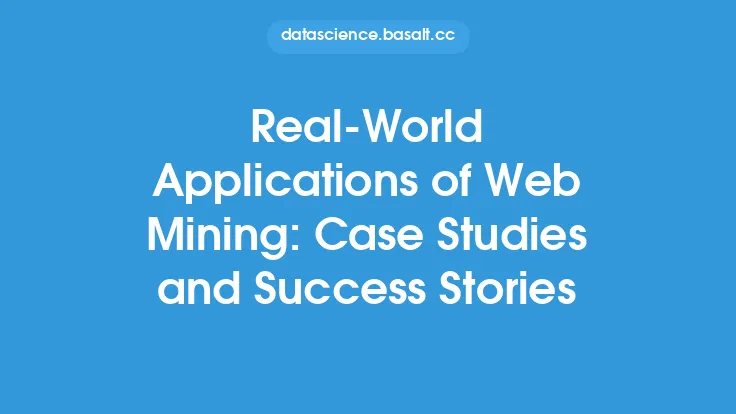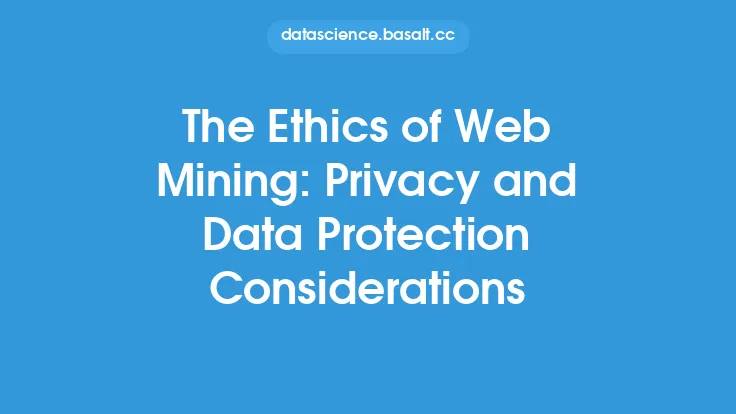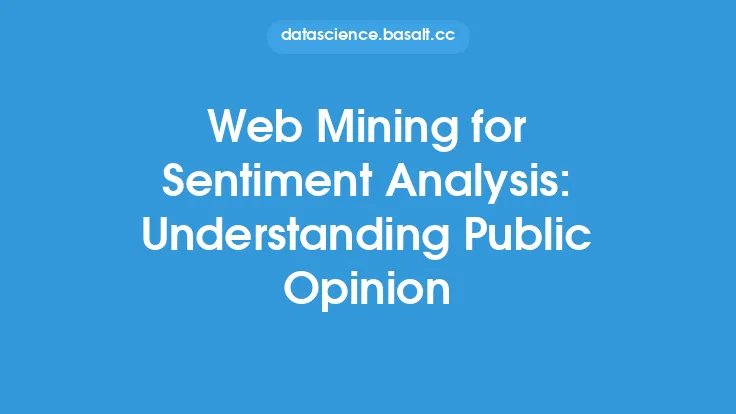The web is a vast and complex network of interconnected pages, with links serving as the primary means of navigation and information discovery. Web structure mining is a subfield of web mining that focuses on analyzing the link structure of the web to uncover patterns, relationships, and insights. This involves examining the hyperlinks that connect web pages, as well as the underlying graph structure of the web.
Introduction to Web Structure Mining
Web structure mining is based on the idea that the link structure of the web contains valuable information about the relationships between web pages, websites, and online communities. By analyzing these links, researchers and practitioners can gain insights into the web's underlying topology, identify clusters and communities, and detect patterns of information flow. Web structure mining has a wide range of applications, including search engine optimization, web page ranking, and recommender systems.
Types of Web Structure Mining
There are several types of web structure mining, including link analysis, web graph analysis, and community detection. Link analysis involves examining the links between web pages to identify patterns and relationships, such as hub and authority pages. Web graph analysis involves studying the overall structure of the web, including the distribution of links and the connectivity of web pages. Community detection involves identifying clusters of densely connected web pages, which can represent online communities or topics.
Techniques and Algorithms
Web structure mining employs a range of techniques and algorithms, including graph theory, network analysis, and machine learning. Graph theory provides a mathematical framework for representing and analyzing the web's link structure, while network analysis techniques such as centrality measures and community detection algorithms are used to identify important pages and clusters. Machine learning algorithms, such as clustering and classification, can be used to identify patterns and relationships in the link data.
Applications of Web Structure Mining
Web structure mining has a wide range of applications, including search engine optimization, web page ranking, and recommender systems. By analyzing the link structure of the web, search engines can improve their ranking algorithms and provide more accurate search results. Web structure mining can also be used to identify influential web pages and online communities, which can be useful for marketing and advertising purposes. Additionally, web structure mining can be used to detect spam and fake websites, and to improve the overall quality of the web.
Challenges and Limitations
Web structure mining faces several challenges and limitations, including the sheer scale of the web, the dynamic nature of the link structure, and the presence of noise and spam. The web is a constantly evolving network, with new pages and links being added all the time, which can make it difficult to analyze and keep up with the latest changes. Additionally, the presence of spam and fake websites can make it difficult to distinguish between legitimate and illegitimate links, which can affect the accuracy of web structure mining algorithms.
Future Directions
Despite the challenges and limitations, web structure mining remains a vibrant and active area of research, with many potential applications and opportunities for future development. As the web continues to evolve and grow, new techniques and algorithms will be needed to analyze and understand its link structure. Additionally, the integration of web structure mining with other areas of web mining, such as web content mining and web usage mining, can provide a more comprehensive understanding of the web and its users.
